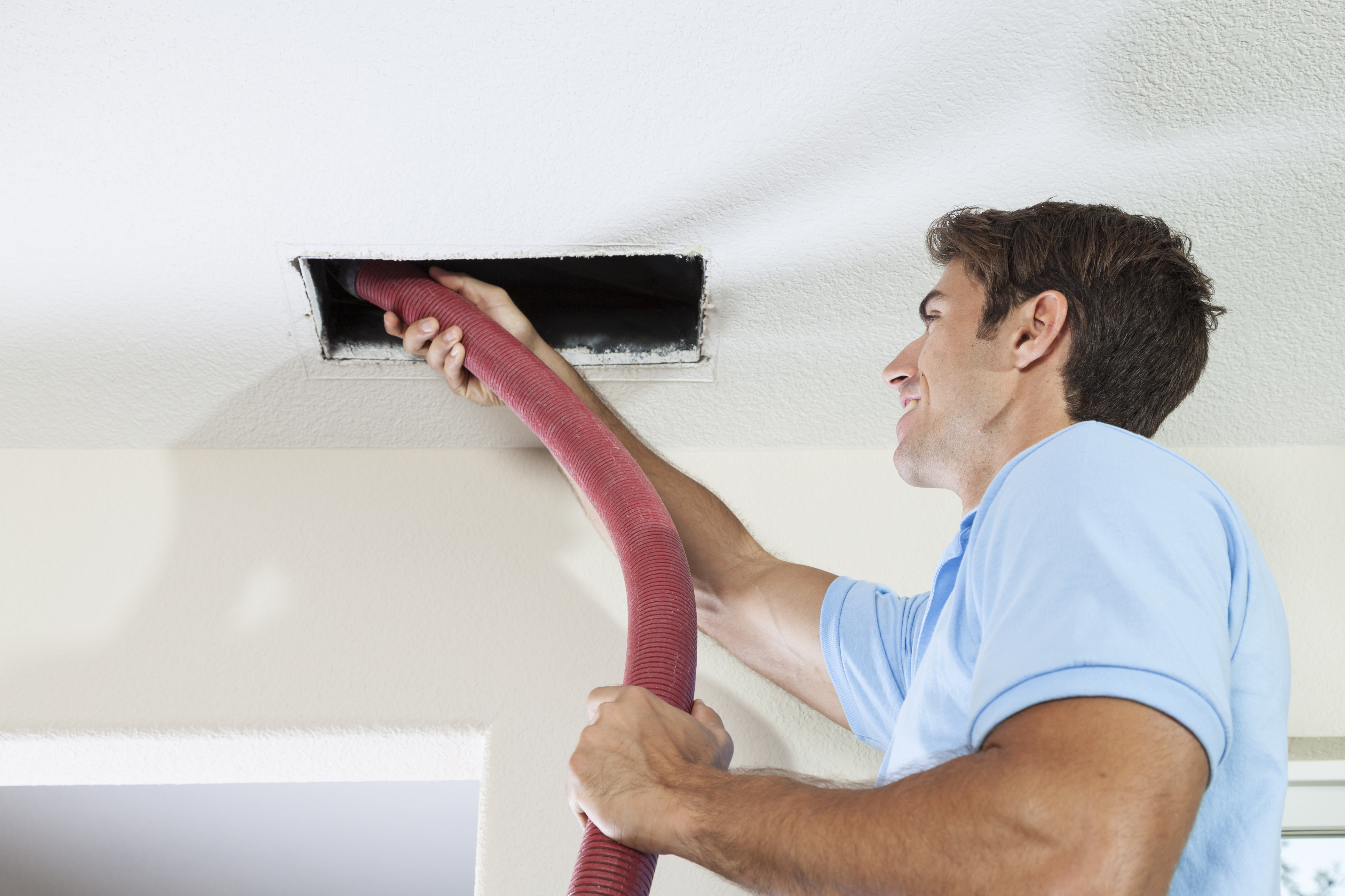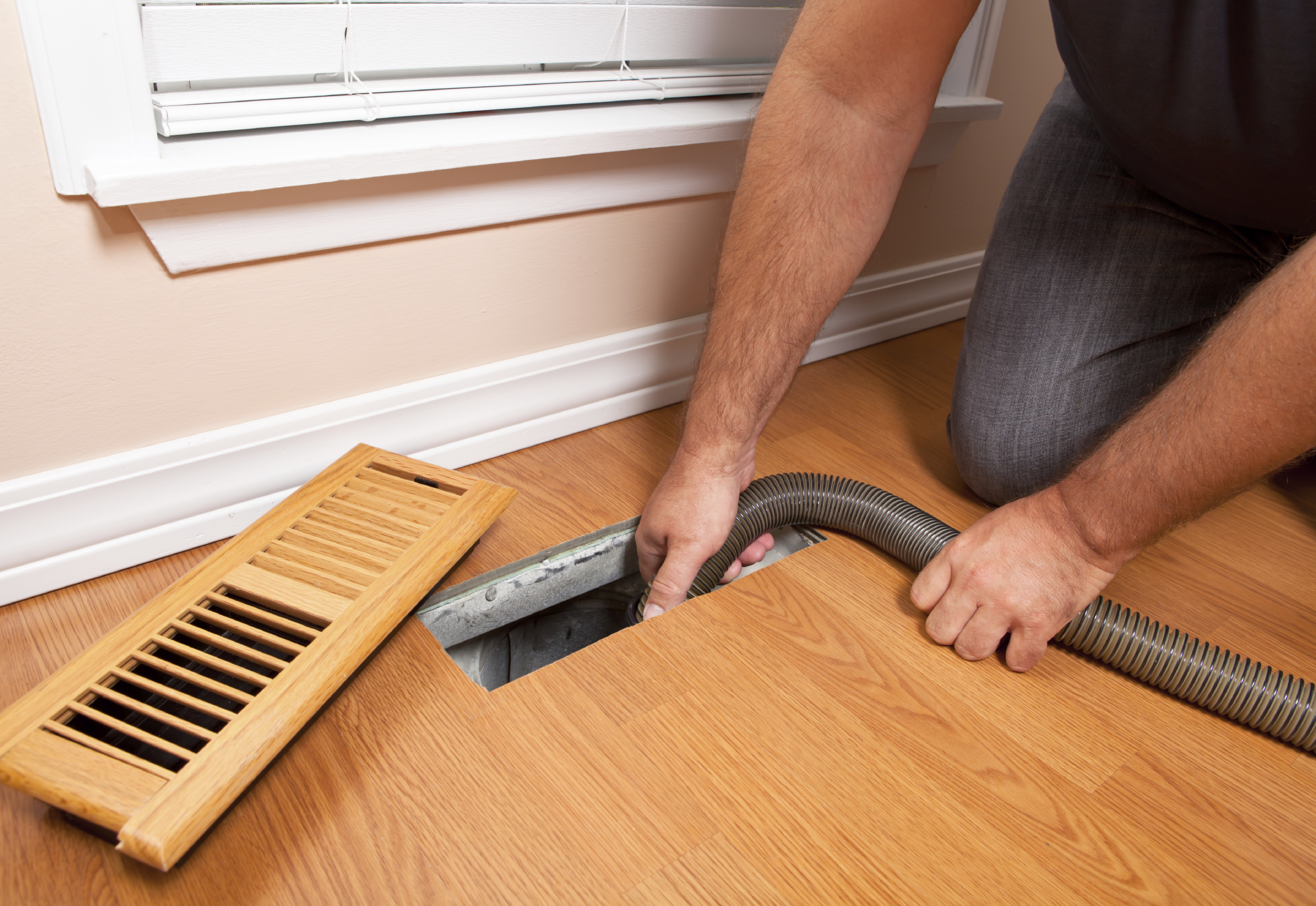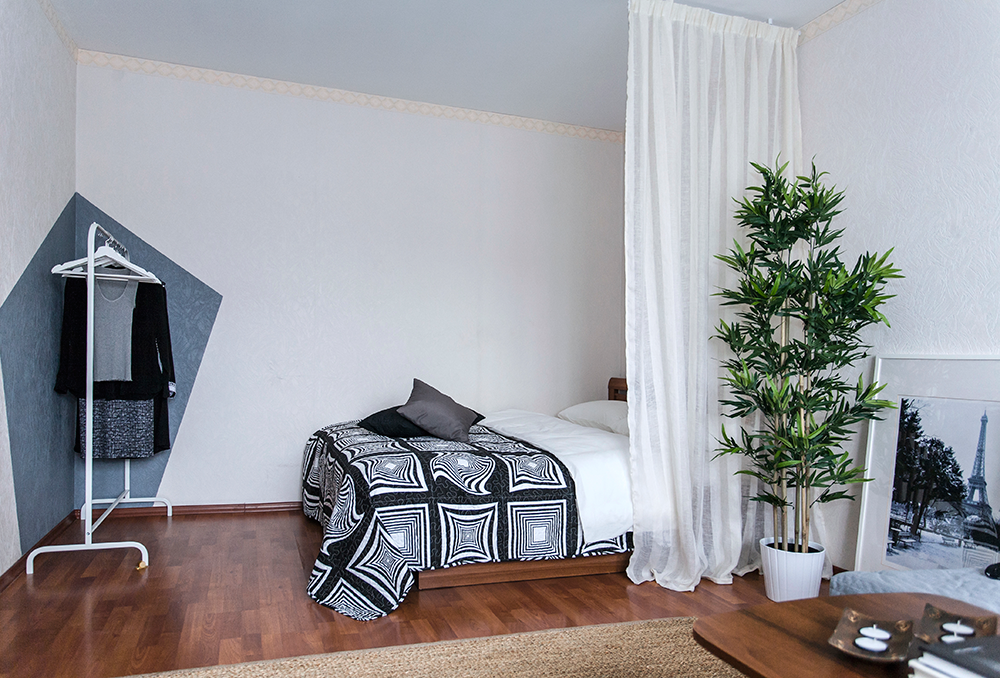Cost Effective Ways to Clean Your Air Duct
Many consumers receive air duct cleaning sales calls and listen to advertisements about having their air ducts cleaned by professionals. Not everyone can afford to pay to have their ducts cleaned. Many people want to know how to clean their own air ducts at a fraction of the cost.
The EPA has found that there is no scientific evidence that duct cleaning is needed unless your ducts are clogged with dust, pollen, vermin or even mold. In these situations, they should be cleaned. People with allergies, bronchitis and asthma may benefit from a thorough cleaning in these situations.
If you have never cleaned your air ducts, check the cold air return vents and the grilles for evidence of dust buildup. The cold air return vent may have dust accumulating on the vent itself. Remove the grilles, and examine the area below the grille for evidence of dust etc. Another telltale sign that your ducts may need to be cleaned, is the condition of your air filter. If it is dusty or coated with animal hair, chances are your ducts should be cleaned. In these situations, your ducts should be cleaned every 6 to 12 months depending on local conditions.
Drawbacks of Cleaning Your Ducts on Your Own
While cleaning your grilles and vents is not that difficult, unless you have a long vacuum hose, you will not be able to penetrate the duct system fully. The majority of the dust and debris is located near your registers and grills anyway which you can reach easily.
Tools You Will Need to Clean Ducts
- A vacuum cleaner preferably with a long straight hose
- A dust brush for your vacuum
- A Philips screwdriver or cordless drill with a Phillips bit
- Cleaning cloths, preferably microfiber cloths
Cleaning Floor Registers and Ducts
Simply lift up the register grille. You will want to vacuum the grill using the vacuum and the dust brush. Next examine the visible portion of the duct. If you have a new home, there can be debris such as cigarette butts and even empty soft drink cans in your ducts. Remove the larger items and then begin vacuuming the duct with the dust brush attachment. Push the dust brush and vacuum hose down the duct as far as it will go. Make sure that the dust brush is securely attached to the end of the vacuum hose to avoid losing it in the pipe. The register can also be washed with soap and water, dried and returned to the vent location.
Once you’re finished with the duct, remove the dust brush from the vacuum hose and vacuum it to remove any dust or debris that may be clinging to the brush. Move on to the next vent and repeat the process.
Cold Air Return Vents
The cold air return vents are located on each floor in central locations. There is usually only one or two per floor. This is the where the cold air is drawn into the system to be heated or cooled depending on the season.
First vacuum the outside of the grill to remove any dust that has accumulated on the grille. Next using a flat head screwdriver or Phillips head remove the screws that hold it in place and remove the grill. You will want to repeat the process of vacuuming the duct and washing the grille with soap and water before reattaching it.
The final step should be to change the air filter for your forced air system. You may want to vacuum around the inside of the duct where the filter is located if there is lots of dust. Many consumers will repeat this process often if they find that there is lots of pet hair, dust or pollen buildup on the filter.








